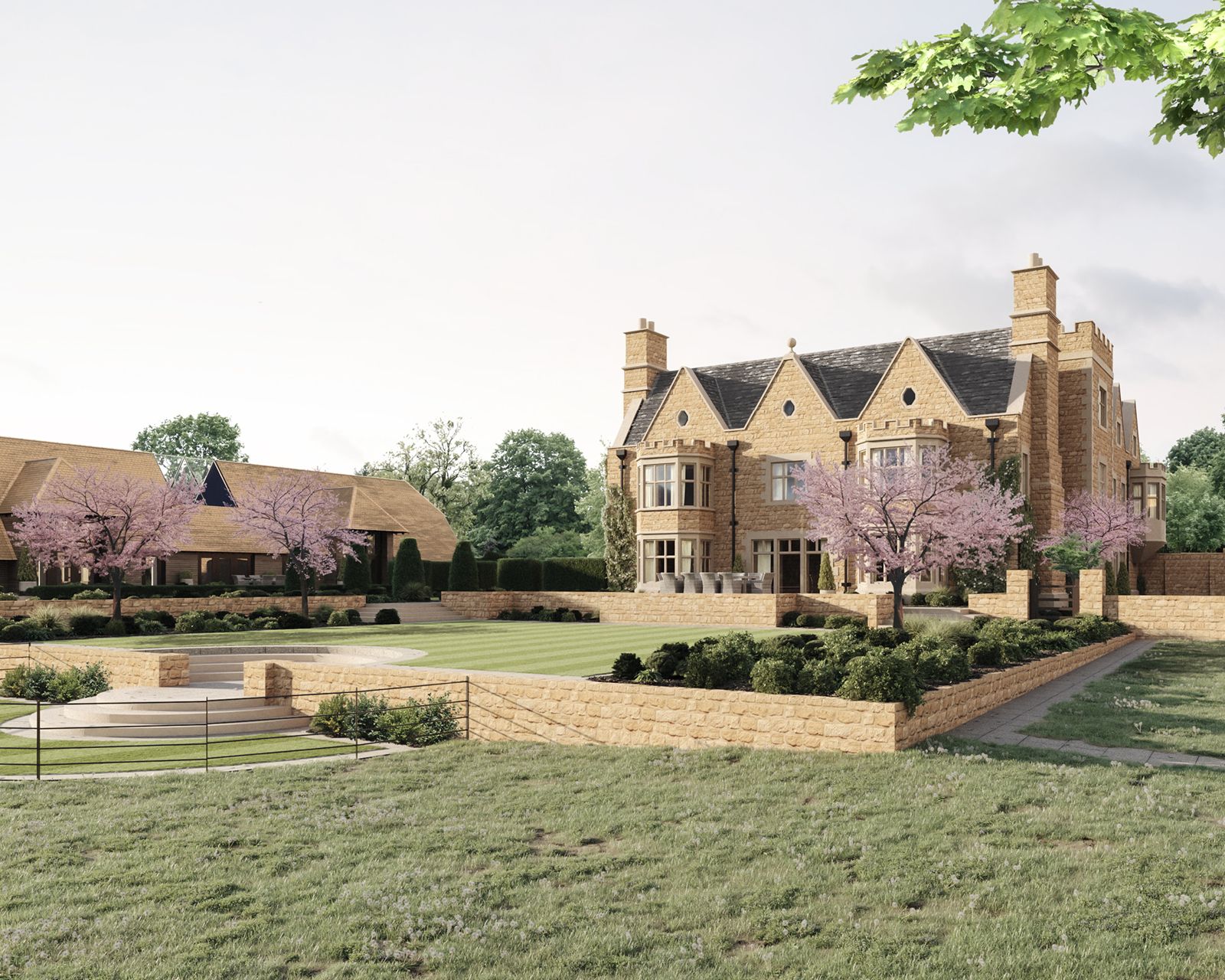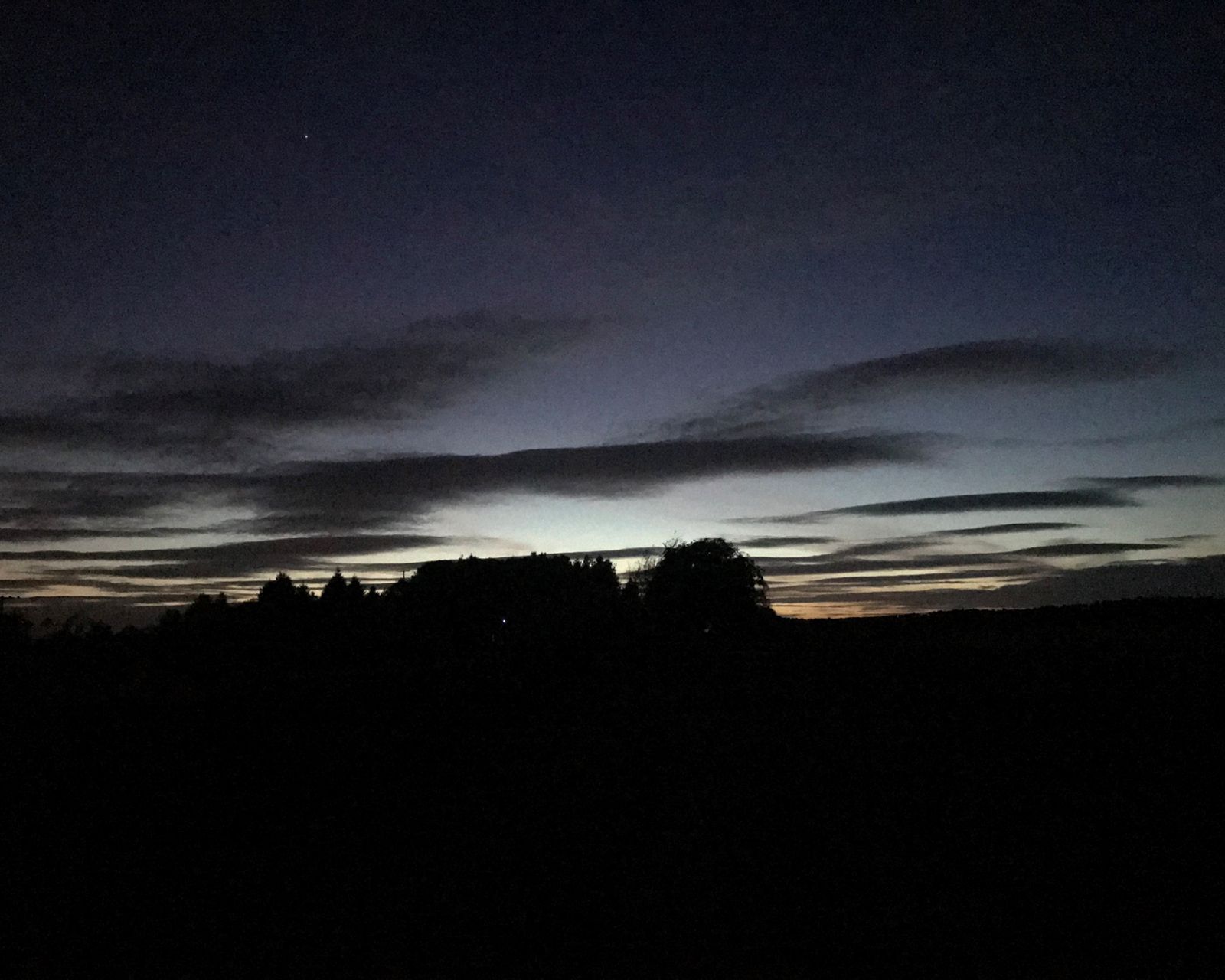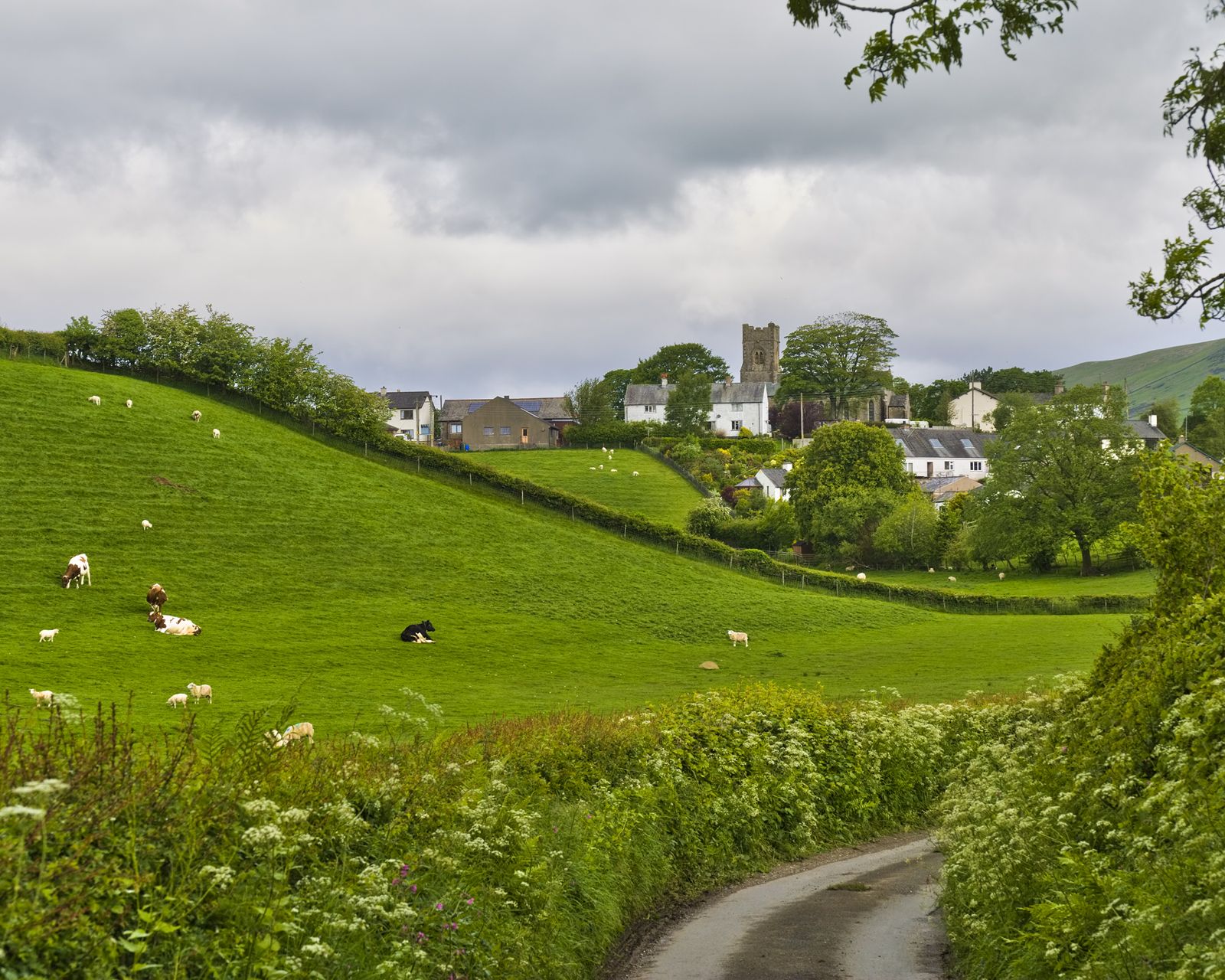Green and blue - a landscape-led approach to rural housing
By Stuart Postlethwaite | 14.03.24
Carefully considered and well maintained green open space adds character and interest to a housing scheme and can significantly enhance its quality and value.
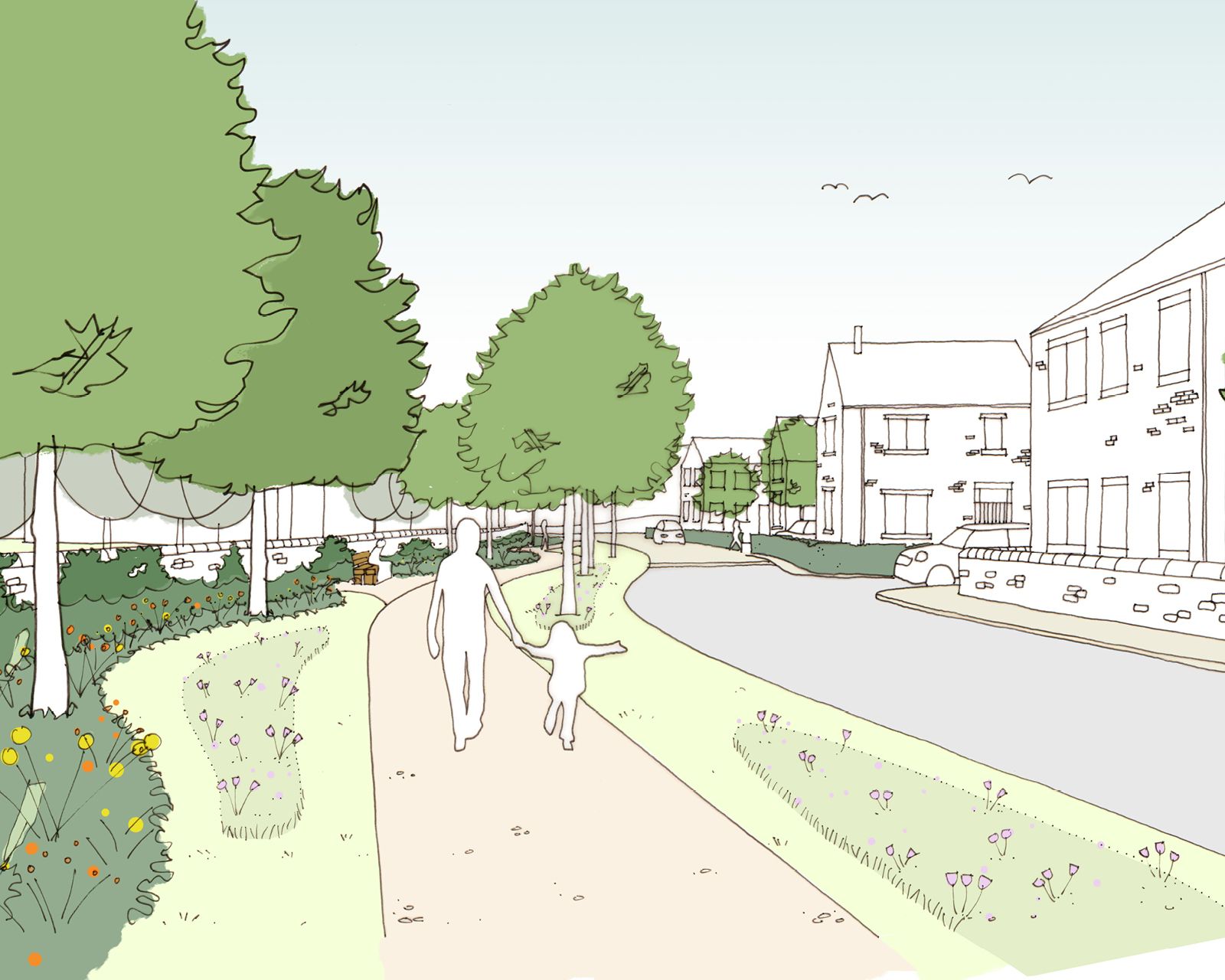
Too often, in the past, green space and green infrastructure within housing developments has been low down the list of priorities for developers. Most tended to focus primarily on housing numbers and densities to achieve maximum profit.
However, recent years have seen a positive shift in attitudes and appreciation from developers for the need to optimise green space within housing schemes.
The drivers for this shift are for both people - with a growing understanding of the importance of access to green space for health and wellbeing, and nature - with the protection and enhancement of biodiversity now a statutory requirement.

A valuable space for people and nature
When designing housing schemes, most local planning authorities attach great importance to the provision of good quality green space as it can provide a valuable formal and informal recreation facility for children and adults.
Carefully considered and well maintained green and blue open space also adds character and interest to a housing scheme and can significantly enhance its quality and value.
As well as including open space for people to use and enjoy, the need to retain and enhance the natural environment has become a global priority, with a shift in focus to reduce and adapt to the effects of climate change.
"Green and blue infrastructure is described as parcels of natural space and landscape and water features that when connected deliver quality of life and environmental benefits for both communities and nature."
Biodiversity net gain
Biodiversity net gain (BNG) is now mandatory on all major developments – soon to include non-major developments. This means that to achieve planning approval, house builders need to prioritise green and blue infrastructure.
This approach focuses on the establishment of public open space and natural habitats that demonstrate an enhancement of ecological and environmental areas to compensate for the impacts of development.
On site solutions are favoured by planning authorities so it is becoming more important for housing developers to design in green and blue space wherever possible from the outset.
Rural housing schemes can have an inherent advantage in delivering on site biodiversity enhancements with easier access to adjacent land and established habitats to deliver these gains.
A landscape-led approach to quality housing in rural areas
Benefits for people and nature can be optimised by taking a landscape-led approach during the initial stages of the design process – considering the proposed development in terms of its setting in the landscape, as well as the integration and creation of natural landscape features in the design of the scheme.
By looking at schemes through this lens, architects and landscape architects are more able to unlock the potential of a site and maximise development opportunities in a sensitive manner, appropriate to the site’s inherent landscape qualities.
Site analysis carried out at an early stage of the design process helps to highlight key landscape constraints as well as proposed opportunities for enhancement within the site and surrounding context. This initial feasibility stage informs the design process by providing a robust framework for development within a rural and often sensitive setting.
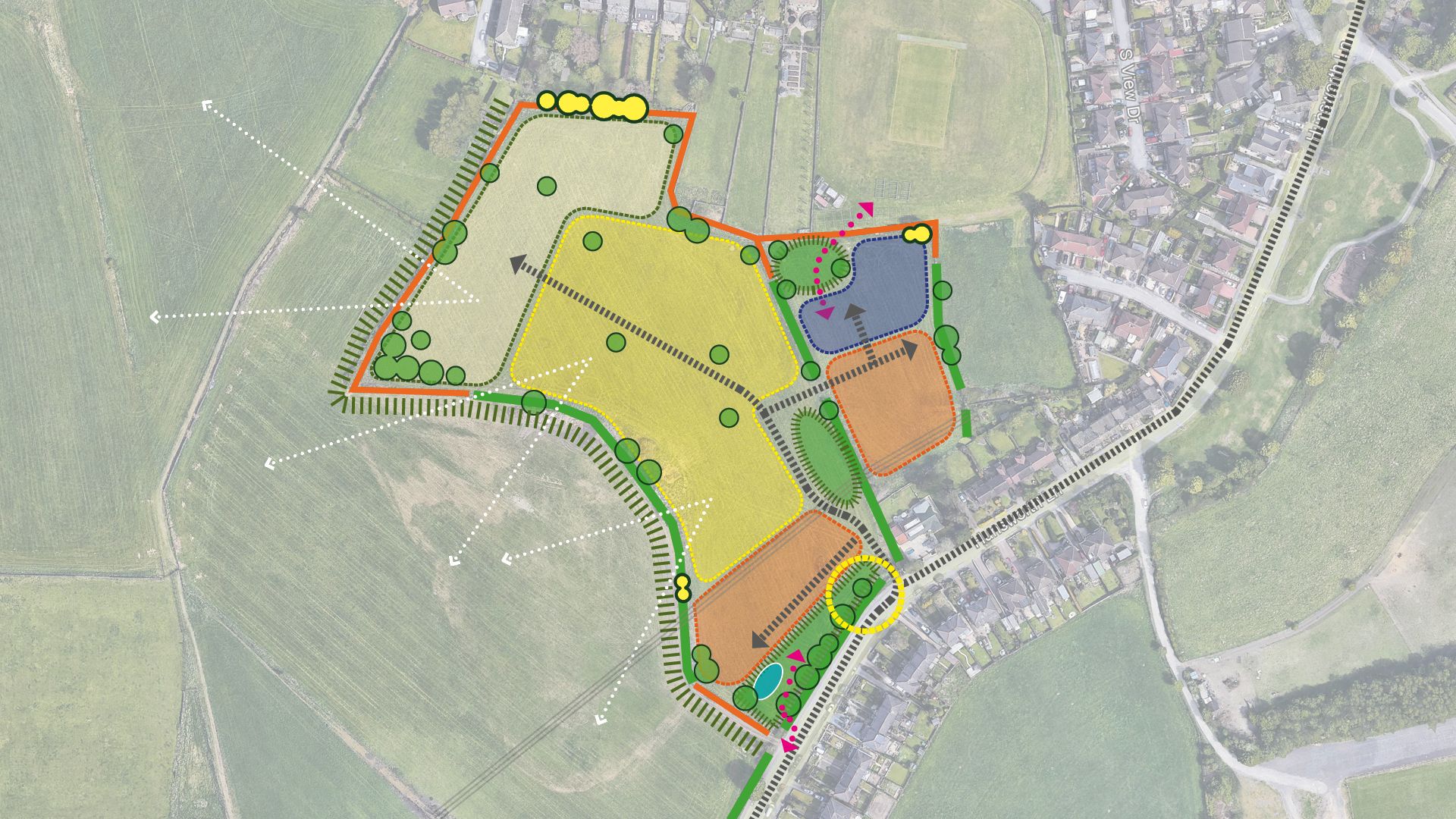
Beyond the red line boundary
As part of the master planning process, rather than focusing on the site alone, it is important to approach the design to complement the surrounding landscape and integrate green and blue infrastructure such as open spaces, cycle networks, and pedestrian links.
This helps establish opportunities for wider community and social benefits that reach beyond the site’s red line boundary, along with ecological benefits through enhanced and extended habitat corridors.
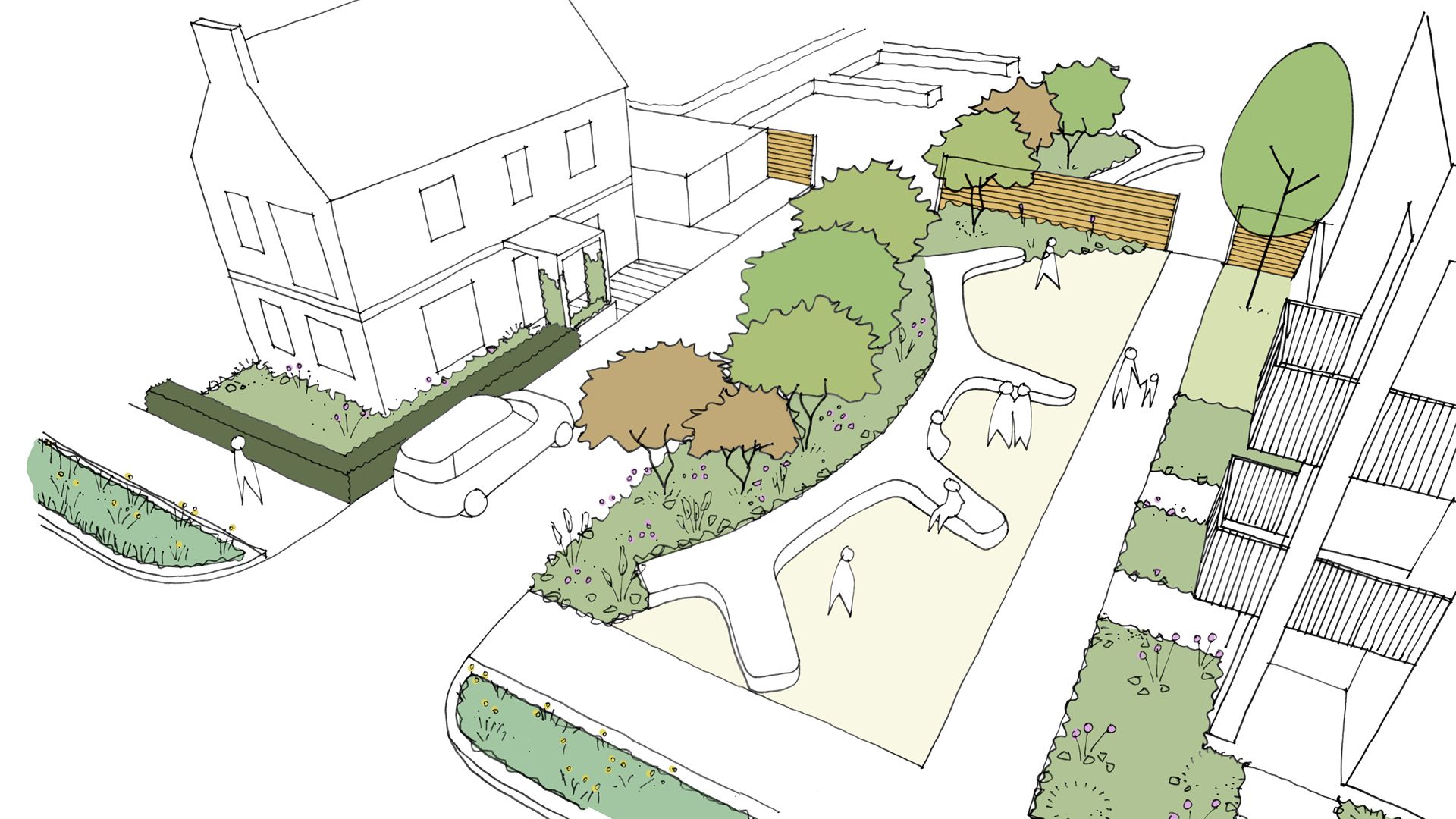
A different view
How and where to include green open space within a rural housing development comes down to site specifics. However, by ensuring sites are assessed at the feasibility and analysis stages defines green spaces in the surrounding area and determines which parts of the site are best suited for such areas.
There may be a requirement for a safe pedestrian link to connect residents with an adjacent school for example. There may be a wider community need for allotments, informal naturalistic play, or a village green where residents can walk a dog, throw a frisbee, have a picnic, hold a street party, or simply sit and relax.
Understanding the bigger picture at the early stages of a development can greatly enhance the overall benefits of the scheme.
Get in touch
Our landscape architects specialise in designing in sensitive and often highly designated settings. To discuss a project or find out more about our work please get in touch by emailing info@ruralsolutions.co.uk or call 01756 797501 for a chat.
